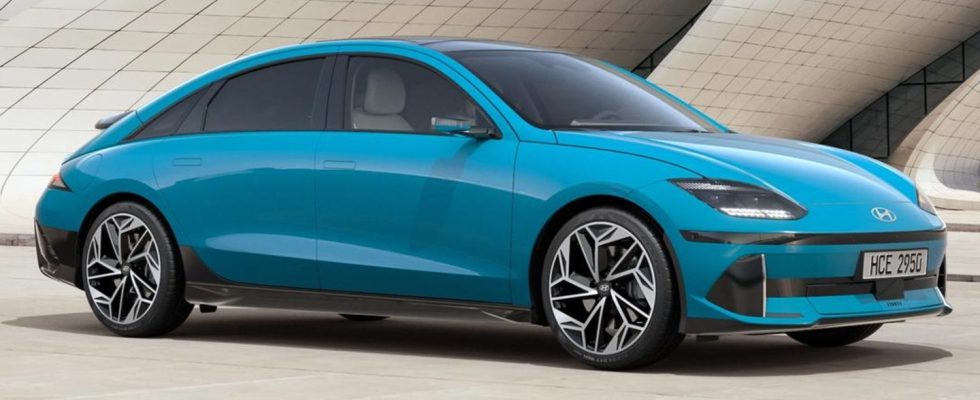The manufacturer’s indication of the range for electric cars should be viewed critically – just like the consumption values for combustion engines. Regardless of whether it is WLTP, CLTC or EPA: the standardized tests of the different countries and authorities only provide guideline values from which cars in the real world often deviate negatively.
The ADAC is tackling this problem with its own test procedure. The so-called Eco-Test, a combination of a WLTP measurement and a motorway cycle, is intended to provide “more realistic consumption values and therefore more reliable range information for electric cars”. But the work of the automobile club has a completely different advantage: Since the ADAC tests a wide variety of models consistently and regardless of the manufacturer, you can find helpful rankings at a glance that show which car can currently get you the furthest.
The overall range of electric cars is increasing
Last year the ADAC according to his own statements 39 electric cars were sent to the tests mentioned – and this determined how efficient the vehicles actually are. In general, the club states: “Compared to the previous year, the average range of all electric vehicles tested in 2023 increased again by seven to 393 kilometers; in 2021, the average range was still 333 kilometers. For comparison: ten years ago, the electric vehicles tested managed Cars on average just 167 kilometers.”
The bad news: The new models that completed the test did not produce a new range king. The BMW iX xDrive50, which the ADAC tested in 2022, still holds first place with 610 kilometers. The good news: Among the fresh candidates, an electric car climbed the winner’s podium that did not come from the top shelf of a premium manufacturer and therefore did not cost six figures.
Battery capacity is only half the battle
The Hyundai Ioniq 6 with a 77.4 kilowatt-hour battery, 2WD and Uniq package covered 555 kilometers. The electric car is also the best example of how some vehicles not only boast a maximum battery size, but also do a lot in terms of efficiency. With a measured consumption of 15.5 kilowatt hours per 100 kilometers, the Hyundai is loud ADAC “The most economical car currently available.”
By the way, the popular Tesla Model 3 is relatively close. Here the ADAC records a consumption of 16.8 kilowatt hours, which is also very good. But the overall range is not enough for the top ten. The Tesla was unable to squeeze more than 415 kilometers out of its 60-kilowatt-hour battery. The long-range version, which would have come significantly further, is currently not part of the results table.

